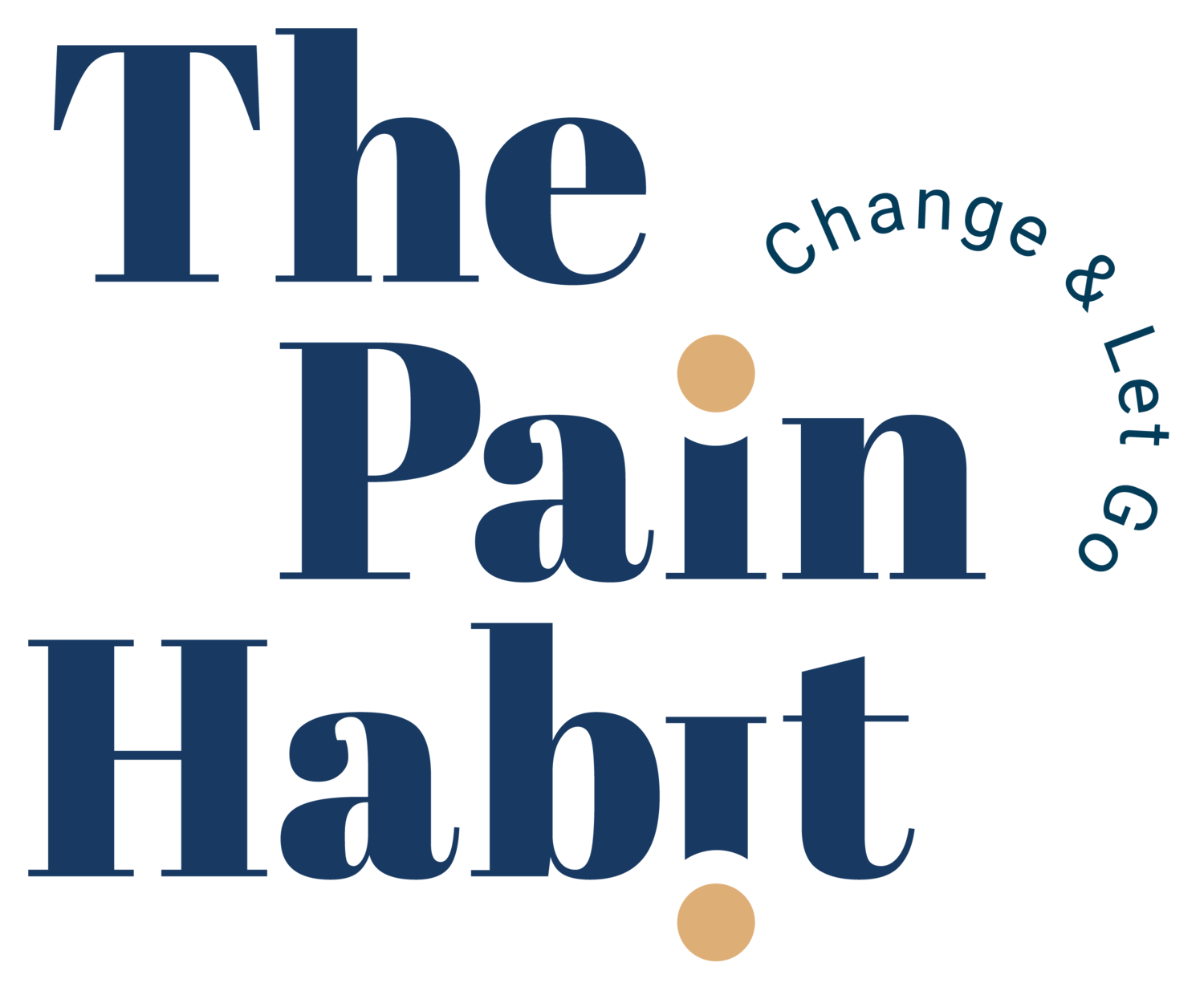A Helping Hand with Pain
The Power of Touch
When seeking ways to recover from persistent pain, it is easy to forget how practical and straightforward it is to feel a sense of ease.
For so long, the norm has been one of discomfort, pain, and doing something to relieve it, and if there are moments of relief, they become filled with nervous anticipation or fear of when that pain may return.
It dominates the thinking brain so much that it takes over that person's life.
The crazy part is that relief and recovery are within touching distance.
Looking Outside
Still, the patient has spent so long looking outside themselves for the answer that they become exhausted from searching anymore. The resignation of accepting life in persistent pain seems and becomes all too real.
Reintroducing recovery pathways to patients with this experience can come in many ways.
Changing thought patterns, breathing routines, movements, and healthy emotional expression in various methods can all stimulate and create change.
Because the recovery pathways are so varied, where you start doesn't matter.
A patient helped me illustrate how a physical mechanism, received through a clear intent from someone else, could provide relief. She mentioned how relaxing it was during a particular movement and asked why it could feel this way so effortlessly.
She noticed how she felt compared to when her partner rubbed her spine to soothe her.
Small Soothing Movements
The small movements were initiated to show how the patient could take responsibility for herself. Yes, it may feel nice for a physiotherapist to complete and pleasant for her to receive the care from her partner similarly.
Unfortunately, those passive ways of feeling soothed cannot alone fully overcome persistent pain.
They can provide some help, but in many circumstances, if the basis for that intervention starts to feed an unconscious mechanism of receiving care, meaning that pain is more likely to stay, passive help can do more harm.
The person may have had many false dawns with new people and treatments.
However, the halo effects of the early encouraging signs often fade to add to the failed interventions, which reads like a persistent pain curriculum vitae.
Recovery From Within
Proper recovery comes from within.
A trigger can come from another person, but the steps must come from the individual. Thoughts, breathing patterns, movements and emotional states represent rest and recovery to the organism.
Treatment for something perceived as dangerous by that individual and problematic by their practitioner frames the interaction as destined to fail.
Recovery starts and grows when the person, after being cared for, begins to see their responsibility as caring for themselves.
Why Does Touch Help?
So why did this movement help? I answered her question.
‘It makes you feel safe.’
‘Your partner doing this makes you feel safe. On a level you may not interpret consciously as safety, your unconscious regulatory control centre sees my hand and your partners as offering you a sense of security in a context where it has felt unsafe for a long time.’
‘Unbeknown to you, the intuitive and reactive attempts to overcome your pain were the opposite of what you should have done.’
‘This was never your fault because the mechanism you've most likely you've always used in life to push past resistance, overcome things and succeed in challenging moments was that which you have been unconsciously used against your pain.’
‘The moment has arrived for you to stop. It's time to respond to your pain and not react to it. So it's time to allow yourself care from others and yourself.’
‘It does not matter how this appears, but your body will let you know when you authentically attend to yourself, and so will your mind.’
An Opportunity
This patient saw the opportunity at the moment and realised she could allow herself to recover.
You are not as far away from a life free from persistent pain as you thought; you must grab this opportunity and start taking the reins.
You may need to find someone to help you start, and then it's your turn.
You've read this far, so you may be curious enough to consider it possible.
Now take your first step. Whatever that is, it is up to you.
What’s next?
Take Your First Step to Recovery.
Join our FREE private Facebook group, The Pain Habit Community, to see how others have successfully returned to a pain-free life. Get support on your journey.
Sign up for The Pain Habit Blog below.
Subscribe to The Pain Habit YouTube channel.
Buy The Pain Habit book. Order here.




